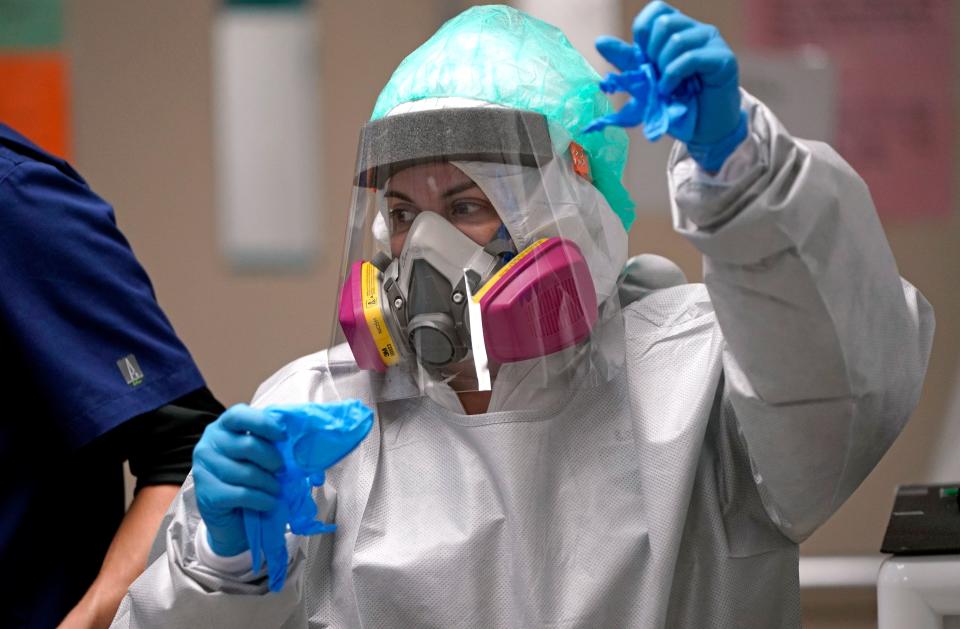CDC Now Says COVID-19 Isn't Airborne Threat. Scientists Say That’s Wrong.
Scientists are firing back at the Centers for Disease Control and Prevention after the federal agency on Monday reversed its identification of the coronavirus as an airborne virus, a conclusion that many experts say scientific evidence has supported for months now.
The CDC’s brief recognition of the virus as being airborne on Friday was celebrated as long overdue by concurring scientists, who expressed relief that the agency was finally catching up. Three days later, however, the agency said that new language in its coronavirus guidance had been published in error.
“The CDC is broken. Seriously broken,” Matthew Fox, an epidemiology and global health professor at Boston University, tweeted in response.
Scientists and public health experts scoffed at the CDC’s flip-flop. Not only was it dangerous to release confusing information during a pandemic, they argued, but the science doesn’t support the stance the agency was apparently reverting to.
“There’s something odd going on at the CDC,” tweeted Joseph Allen of the Harvard T.H. Chan School of Public Health.

“Who knows what the agency position will be by Friday,” tweeted Richard Corsi, an indoor air quality expert and dean of Portland State University’s college of engineering and computer science in Oregon. “To wear blinders to evidence is to bring a country to its knees.”
In a Washington Post op-ed published on Tuesday, Allen and Linsey C. Marr, a professor of civil and environmental engineering at Virginia Tech with expertise in airborne virus transmission, broke down the evidence supporting the conclusion that the virus is airborne ― and thus capable of person-to-person transmission through tiny respiratory droplets called aerosols.
“The science here is fairly straightforward. When you talk or sing — or even just breathe — you emit a range of particles of different sizes. Yes, there might be one or two particles that are large enough to see and that fall to the ground...


